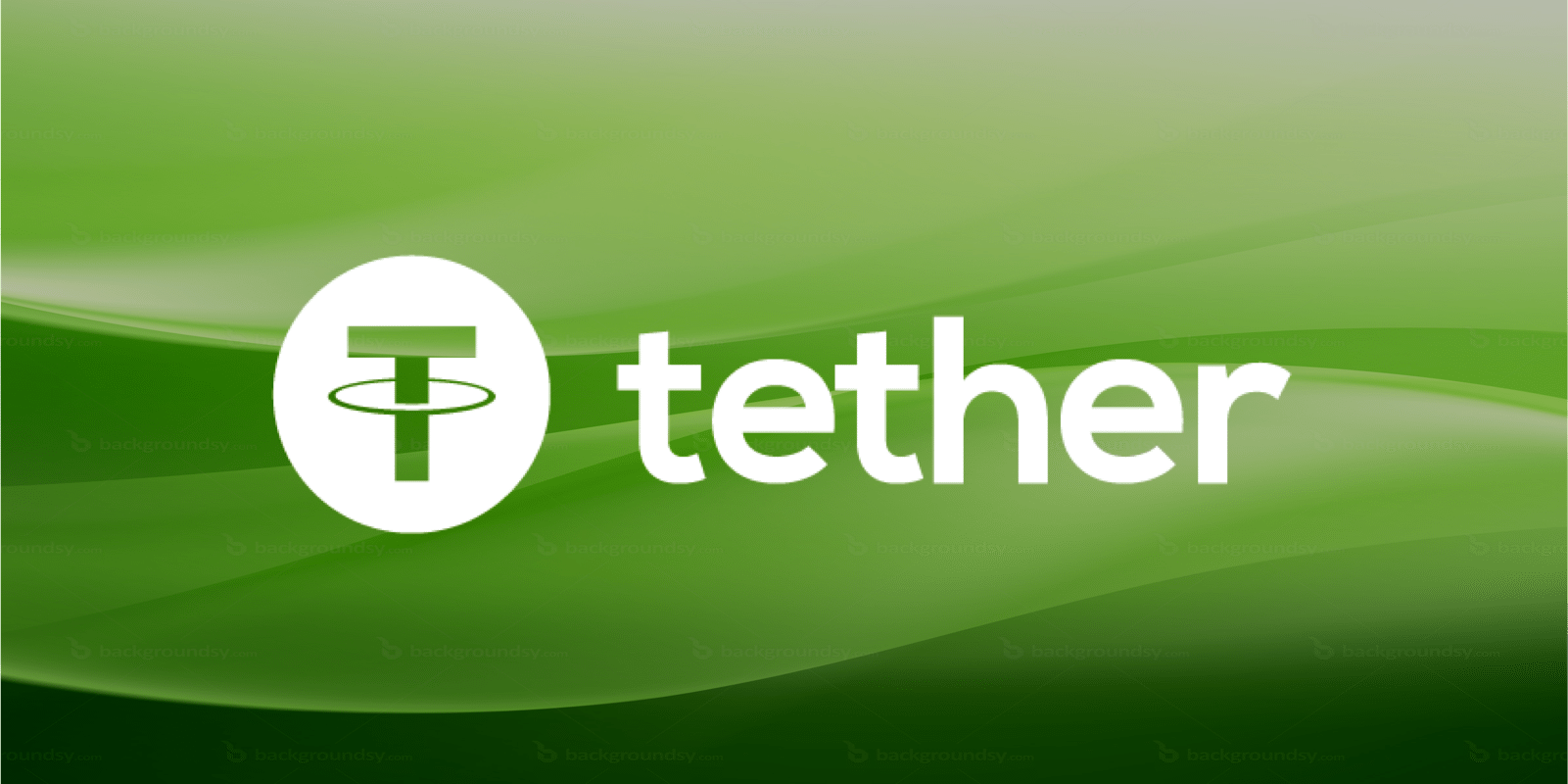**USDT Market Share Drops to 59.9% Amid Regulatory Shifts, But Supply Nearly Doubles**
Tether’s USDT stablecoin has experienced a notable shift in its market dynamics over the past two years. While its market share declined from 70% in November 2024 to 59.9% by October 2025, its total supply surged from $89.1 billion to $180.9 billion between 2023 and 2025. This contrast highlights both growing global demand and regulatory challenges shaping the stablecoin landscape.
**MiCA Regulation Impacts USDT Presence in Europe**
The European Union’s Markets in Crypto-Assets (MiCA) regulation has significantly altered the trading environment for stablecoins within the region. MiCA requires exchanges to only support compliant tokens, leading European platforms to delist USDT, which does not meet MiCA standards.
To ease the transition, the European Securities and Markets Authority (ESMA) allowed a limited sell-only period for USDT until March 2025. However, major exchanges began removing USDT trading pairs well before this deadline. As a result, USDT’s market share in Europe dropped sharply, contributing to its overall decline from 70% to 59.9% within one year.
In contrast, Circle’s USDC has benefited from these changes, increasing its market share from 20.5% to 25.3% in the same period.
**USDT Supply Doubles Despite Market Share Loss**
Despite losing market share, USDT’s circulating supply nearly doubled, reaching $180.9 billion by October 2025. This growth indicates sustained and even rising demand for the token outside the European Union.
Other stablecoins have also grown rapidly. USDC’s supply expanded from $24.3 billion to $76.3 billion, while Ethena’s USDe surged from almost zero to $12.2 billion. The decline in USDT’s market percentage reflects these competitors’ faster growth rates rather than a decrease in USDT usage itself.
**Tether’s Strategic Moves to Maintain European Presence**
Instead of modifying USDT to comply with MiCA, Tether opted to invest in MiCA-compliant companies operating within the EU. It acquired stakes in Malta-based StablR and Dutch firm Quantoz, both licensed Electronic Money Institutions (EMIs) authorized to issue euro-denominated tokens that adhere to MiCA regulations.
These compliant tokens can be listed on European exchanges without regulatory penalties, preserving Tether’s access to the EU market. However, they are distinct from USDT and do not add to its market share directly.
Tether’s leadership believes this approach could strengthen the overall Tether ecosystem in Europe, even if USDT’s local role diminishes.
**Emerging Competition and Future Prospects**
The competitive landscape continues evolving with new entrants developing regulated stablecoins. In Europe, a consortium of nine banks is creating a regulated euro-based stablecoin. Meanwhile, U.S. companies like Stripe and Visa are building platforms to launch compliant fiat-backed tokens.
To capitalize on regulated markets, Tether plans to launch USAT, a U.S.-regulated stablecoin designed to meet GENIUS Act standards and capture institutional demand. Additionally, Tether’s gold-backed token, Tether Gold (XAUT), recently hit $1 billion in supply, demonstrating diversification in its stablecoin offerings.
**Conclusion**
USDT’s journey reflects the complex interplay between regulatory frameworks and market demand. While its market share has declined due to MiCA-driven delistings in Europe, its global supply has doubled, fueled by growth in offshore and emerging markets.
Going forward, Tether’s success will depend on how well its ecosystem competes with emerging regulated stablecoins backed by traditional financial institutions. The stablecoin market remains dynamic, with innovation and regulation continuing to reshape its future.
https://coincentral.com/tethers-usdt-expands-to-181b-while-mica-drives-share-loss-in-eu/


